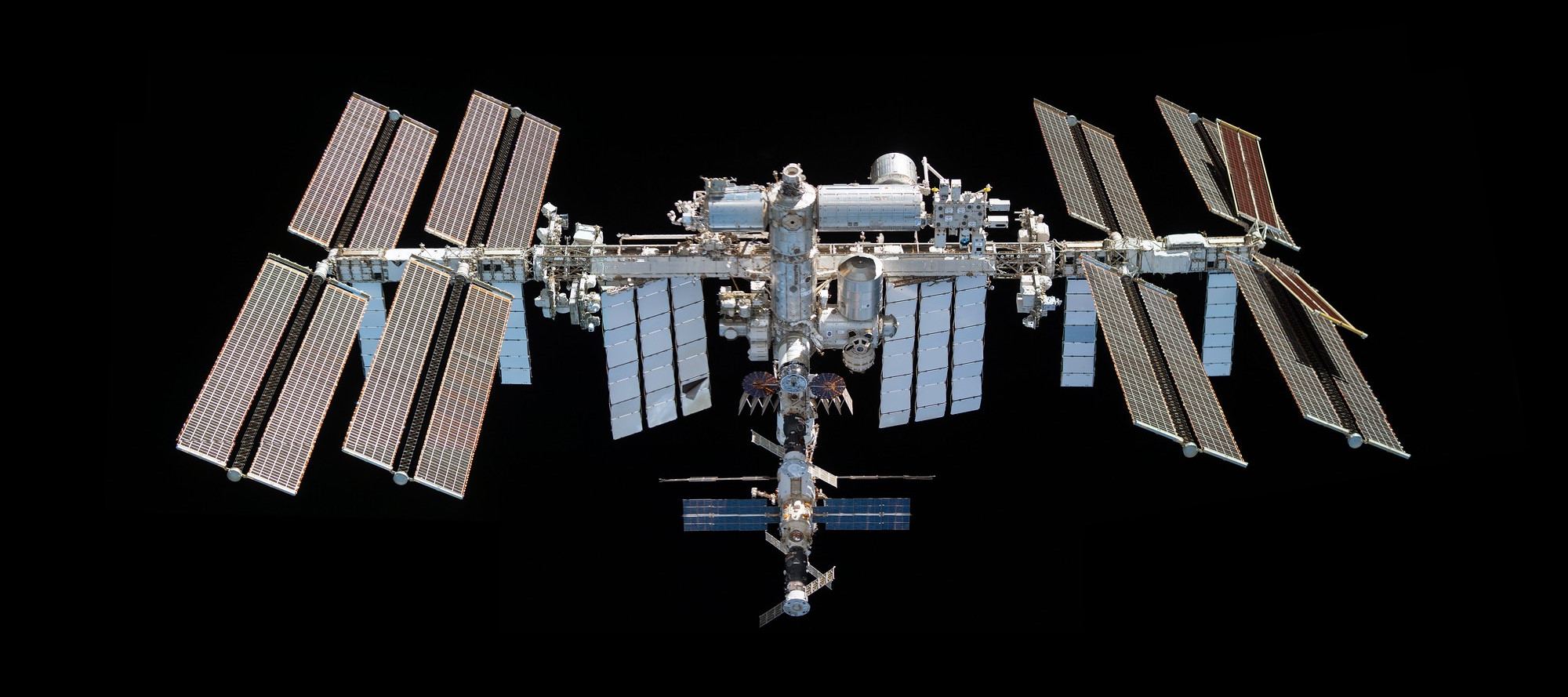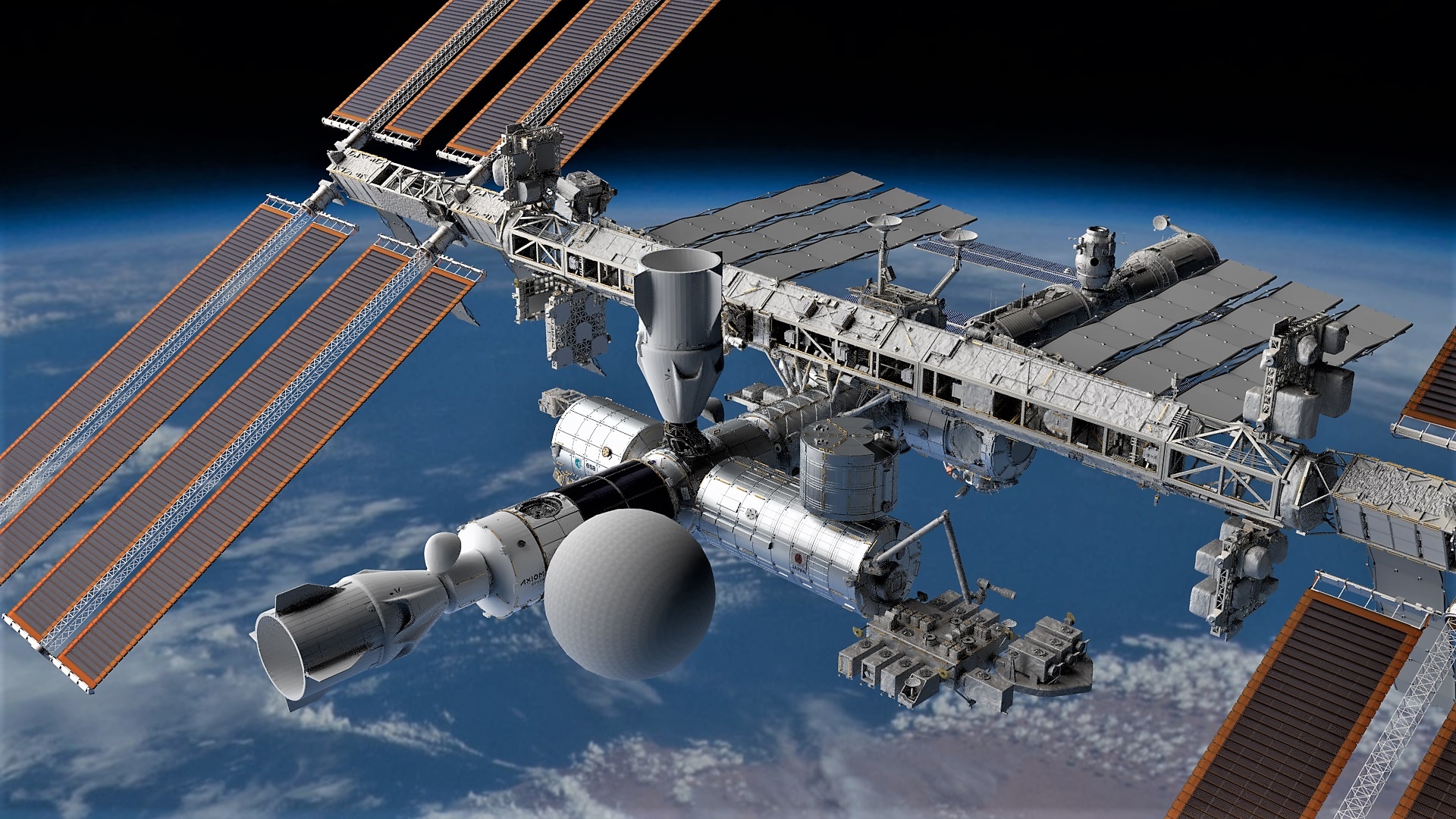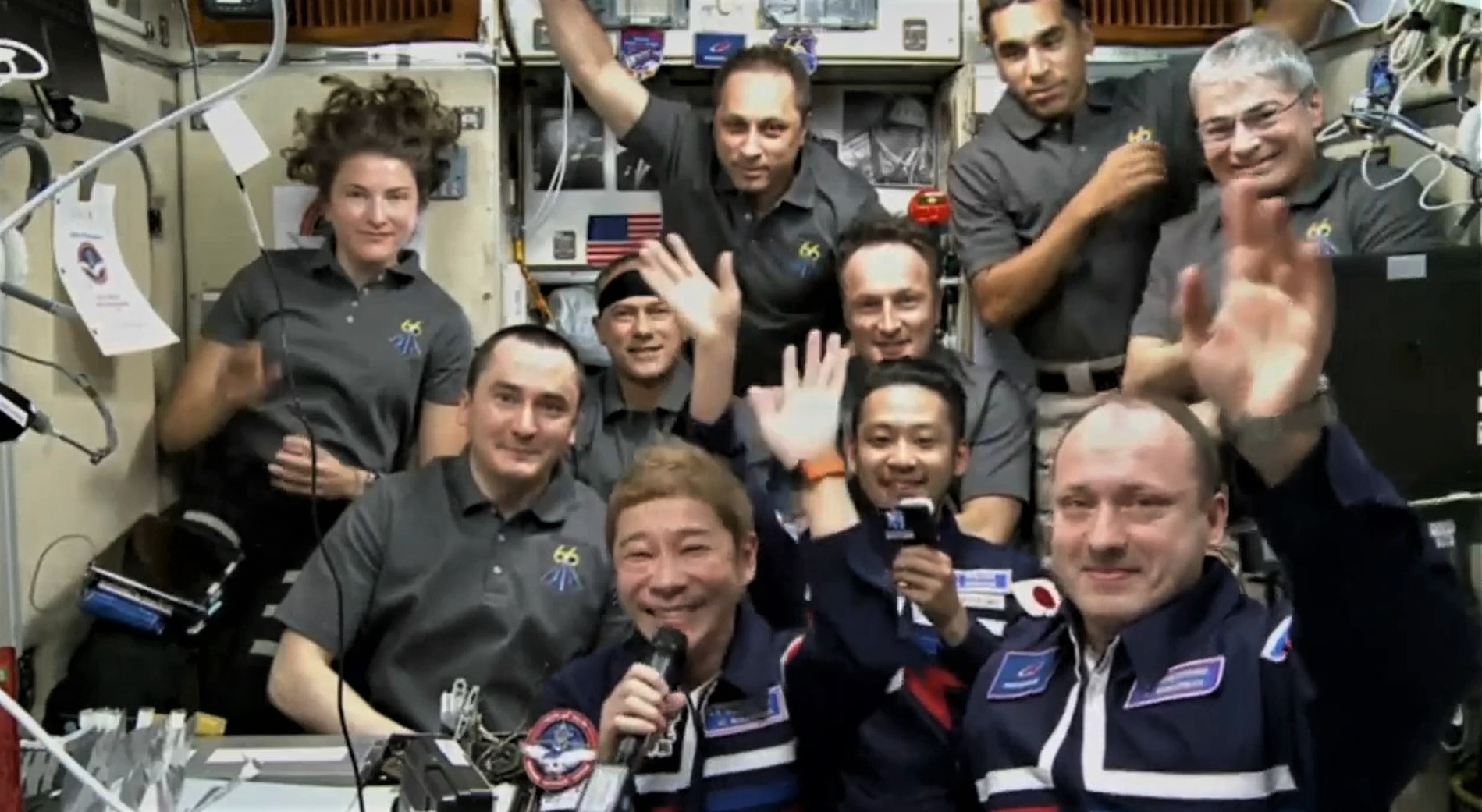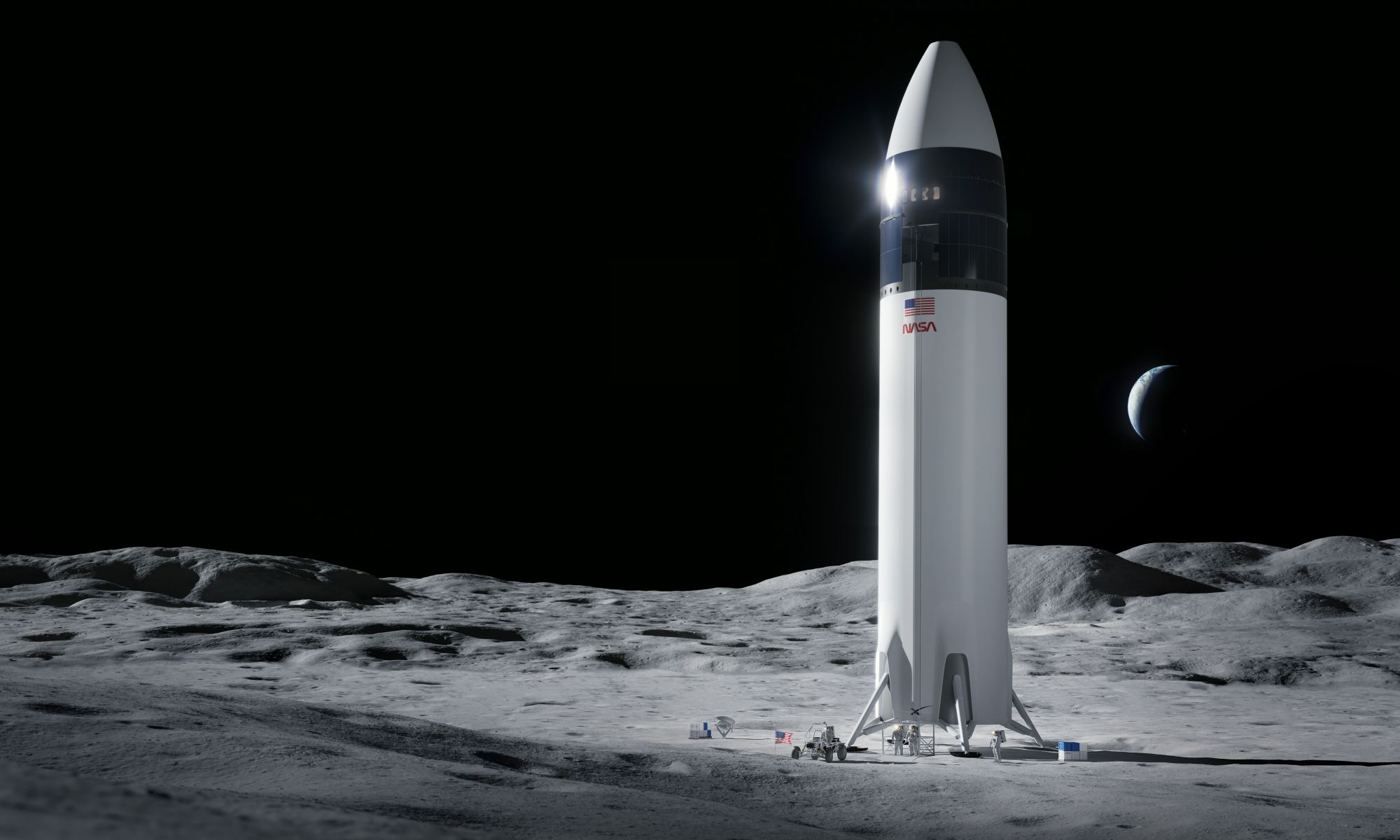NASA says it plans to plunge the vestiges of the International Space Station into a remote part of the Pacific Ocean known as Point Nemo in early 2031, after passing the baton to commercial space stations.
In an updated transition report just delivered to Congress, the space agency detailed the endgame for the space station, which has been hosting international crews continuously since the year 2000 — and hinted at what its astronauts would be doing in low Earth orbit after its fiery destruction.
“The private sector is technically and financially capable of developing and operating commercial low-Earth-orbit destinations, with NASA’s assistance,” Phil McAlister, NASA’s director of commercial space, said in a news release. “We look forward to sharing our lessons learned and operations experience with the private sector to help them develop safe, reliable, and cost-effective destinations in space.”
Continue reading “NASA Details Its Plan for the End of the International Space Station in 2031”









